 Translation: Grace Of Music,Writting and Painting Arises From Pure Art, True Feeling Creates Style Of Excellecy
Translation: Grace Of Music,Writting and Painting Arises From Pure Art, True Feeling Creates Style Of ExcellecyFor More Videos On Chinese Painting ckick here: XXXXX
For More Video On Chinese Calligraphy Click Here: XXXXX
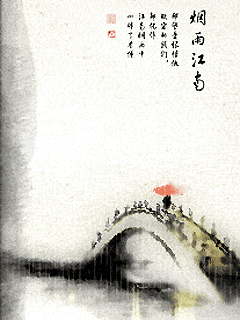
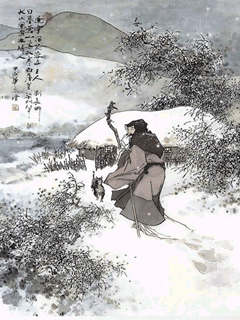

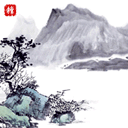

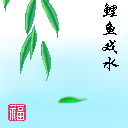



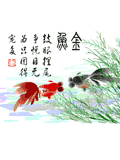
Starting around 4000 B.C. traditional Chinese painting has developed continuously over a period of more than six thousand years. Its growth has inevitably reflected the changes of time and social conditions. In its early stage of development, Chinese painting was closely related to the other crafts, from pottery to the decorations used on the bronzes, carved jade and lacqerware.
Following the introduction of Buddhism to China from India during the 1st century A.D. and the consequent carving of grottoes and building of temples, the art of painting religious murals gradually gained in prominence.
The range of subject matters dealt with in figure painting was extended far beyond religious themes during the Song dynasty(960-1127),. Paintings of historical character and stories of everyday life became extremely popular. Techniques were also further refined.
Landscape painting had already established itself as an independent form of expression by the 4th century. Then gradually developed into the two separate styles of “blue-and-green landscapes” and “ink-and-wash landscape”. The blue-and-green landscape used bright blue, green and red pigments derived from minerals to create a richly decorative style. The ink-and wash landscape relied on vivid brushwork and varying degrees of intensity of ink to express the artist's conception of nature, and his own emotions and individuality.
Flower-and-bird painting was separated from decorative art to form an independent genre around the 9th century. A great many artists painted in this genre during the Song dynasty and their subject matter included a rich variety of flowers, fruits, insects and fish. Many of the scholar painters working with ink and brush used a great economy of line. They produced paintings of such things as plum blossoms, orchids, bamboo, chrysanthemums, pines and cypresses, using their subject matter to reflect their own ideals and character.
Modern painters have often mixed several colors on one brush or mixed their colors with black inks. As a result, they have obtained more natural and richly varied colors. Such techniques have been widely adopted and further developed in the contemporary period.
Artistic Character and Techniques
One of the important factors contributing to the evolution of the distinctive style of traditional Chinese painting has been the close relationship between the materials used and their influence on artistic forms and techniques.
Chinese Brush
First, there is the Chinese brush. Though similar to the brush used for watercolor painting in the West, it has a finer tip suitable for dealing with a wide range of subjects and for producing the variations in line required by different styles. Since the materials used for calligraphy and painting are essentially the same, developments in calligraphic styles and techniques can also be used in painting.
Brush Techniques and Strokes
The ancients used the expression yu pi yu mo(to have brush, to have ink). These show the significance of the meaning for the two terms pi(brush) and mo(ink).The brush techniques so much emphasized in Chinese painting include not only line drawing but also the stylized expressions of shade and texture (cunfa) and the dotting methods(dianfa) used mainly to differentiate trees and plants and also for simple embellishment.
The brush strokes give the painting rhythm and beauty and depict the subject's outward and inner qualities. At the same time, they reveal the individuality and style of the painter himself.
Type of Painting Brushes:
· Hsieh chao pi: Crab claw brush, large and small sizes
· Hua jan pi: brush for painting flowers
· Lan yu chu pi: brush for painting orchids and bamboo
Brushes used for writing:
· T’u hao pi: rabbit's hair brush
· u ying pi: Hunan sheep's hair brush
Chinese Ink
Second, there is the i. Ink has been used in calligraphy and painting for over two thousand years. When the ink cake is ground on the painter's stone slab with fresh water, ink of various consistencies can be prepared depending on the amount of water used. Thick ink is very deep and glossy when applied to paper or silk. Thin ink appears lively and translucent. As a result, in ink-and-wash paintings it is possible to use ink alone to create a rhythmic balance between brightness and darkness, and density and lightness, and to create an impression of the subject's texture, weight and coloring.
Paper and Silk
Third, there is paper or silk. Chinese painting may be done either on Chinese paper or silk.
Chinese Paper
The original paper(around 100 AD.)was made from many different materials including pulp, old fishing nets and bark. Modern paper is often machine made. It is classed in degrees of weight and amount of size used. The paper is very absorbent and the amount of size in it will dictate the quantity of ink used for strokes on the paper. Different paper produce different results; some are rough and absorb ink quickly like a sponge, others have a smooth surface which resists ink. Chinese paper is usually known as rice paper in English.
Chinese Silk Before painting on silk, the silk should be treated with alum and glue before use. This method makes silk less absorbent than paper. Brushstroke is best shown on paper. Because of this reason and the paper's variety of texture and finish, paper quickly became favored by artists and calligraphers.
Chinese Color
Fourth, there are the colors. There are differences in the use of color between Chinese painting and modern western painting. Chinese painting aim is not to express the various shades of color of the subject in relation to a fixed source of light, but to express the characteristics of the different subjects.
For example, the adding of traces of brown or green to rocks, trees, leaves, grass and moss in a painting is used to reinforce the feeling of a particular season or state of the weather.
Composition and Space
Fifth, there are composition and space. Since the creative requirements of Chinese painting do not demand strict adherence to reality or to a particular angle of view or source of light, the painter has complete freedom in terms of artistic conception, structural composition and method of expression. To give prominence to the main subject, it is quite permissible to omit the background entirely and simply leave it blank. At the same time, since the sizes and shapes of the spaces in the painting are different, the very absence of content can itself create rhythm and variety. Sometimes the variety and balance created in this way is further enriched by the addition of inscriptions in the empty space.
Chinese landscape painters’ aim is to depict the familiar mountains and rivers of China from the perspective of nature as a whole and on the basis of their understanding of the laws of nature. In artistic conception and structural composition, most landscape paintings create the impression that the scene is viewed from high in the air, as if seen through the eyes of a bird.
With flower-and-bird paintings, sometimes a single flower hangs as if suspended in space, or the flowers and plants of different seasons appear together. Explained by one of the Ming painters, Wang Fu(1362-1416), as “likeness through unlikeness” and Qi Baishi(1863-1957) as “subtlety of a good painting lies in its being alike and yet unlike the subject” Chinese painters attach great importance to reality, science, space and time and yet manage to disregard them at the same time. The laws of these things must come second to the requirements of artistic creation and should not become shackles that bind artistic expression.
Seal and Calligraphy
One of the distinctive characteristics of Chinese painting is the use of inscriptions in poetry of calligraphy and of special seals as part of the painting itself. This was a major contribution made by scholar painters. Its significance lies in its ability to express the theme and artistic conception of the painting more clearly and deeply while, at the same time, giving great insight into the artist's individuality, emotions and views on art and life. In ink-and-wash paintings, the bright red seal adds a final touch of beauty. When preparing the inscription and seal, therefore, the Chinese painter, in addition to considering their content, has always given great thought to the placement, length and dimensions of the inscription and the position of the seal on the painting.The simplest inscription consists of the artist's name and the date. Sometimes the inscription could include the occasion for the painting and the name of the person for whom the painting was done. It could be about the subject and style of the painting. Quite often the artist might include a piece of poetry or a literary allusion. These are all followed by the artist's own seal.The seals can be carved in stone. It can contain a name, poetical saying, a design or symbol which has a connection with the painting. The seals are pressed into a pot or tin of cinnebar paste, a scarlet red color, and are impressed onto the painting. The paste contains mercuric oxide, ground silk and oils. It required a careful stamp as it is rather permanent. When using red seal on a monochrome painting, it is said to be "adding the eye to the dragonFOR MORE ENTER HERE (click)==>XXXXXX



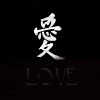
















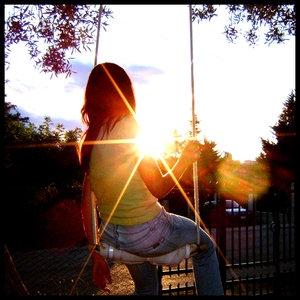
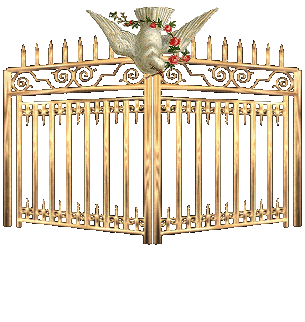


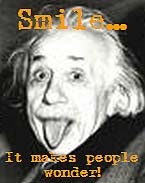

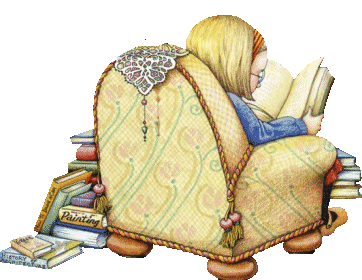






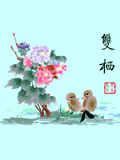
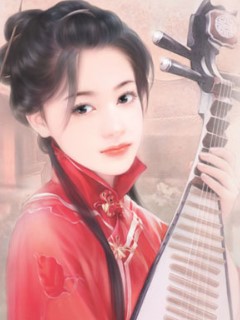

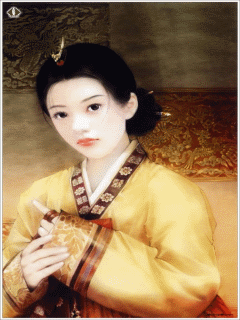
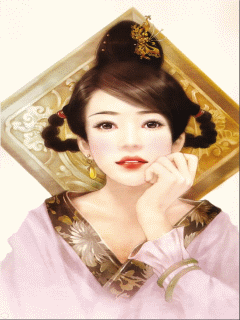

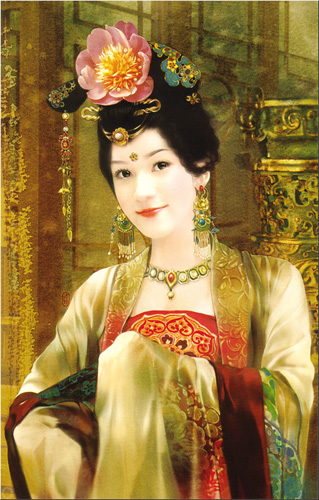
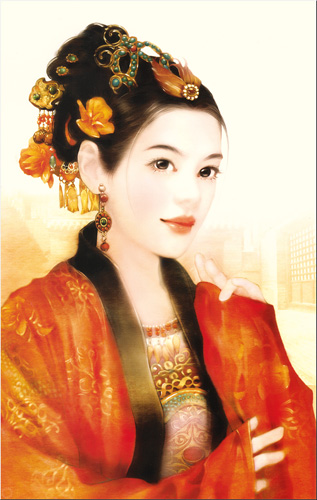
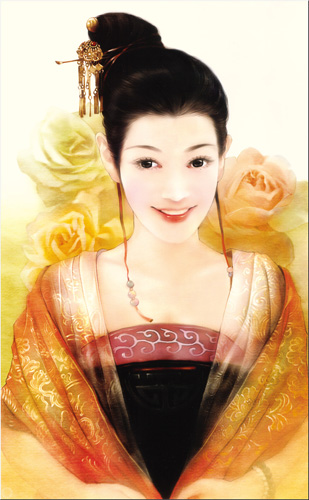
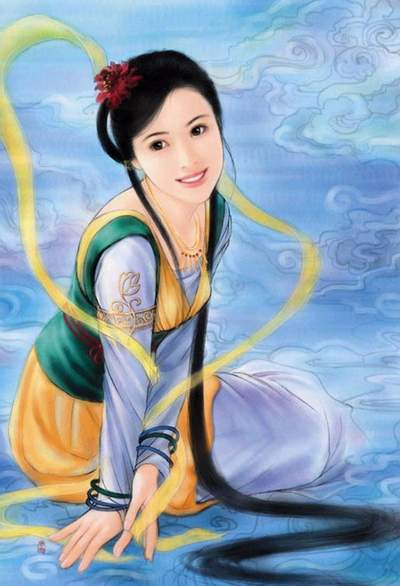
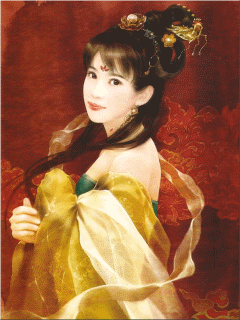
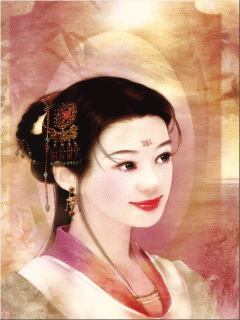
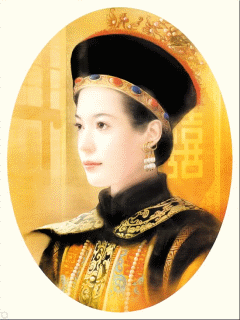
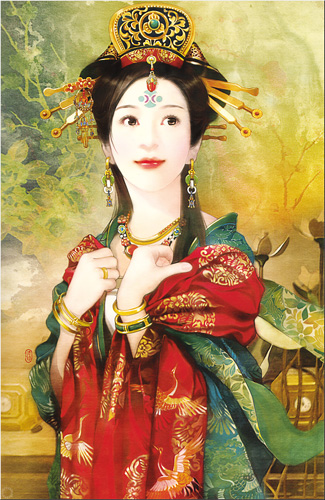
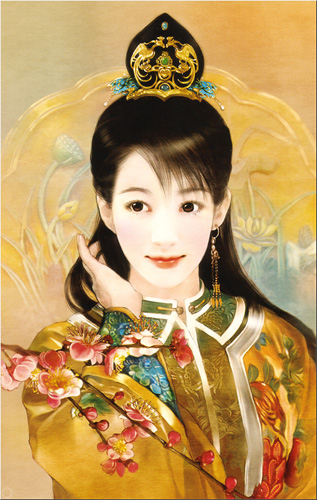
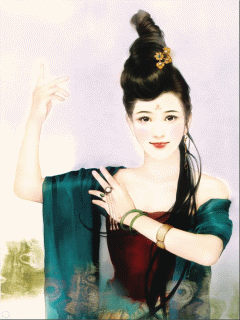

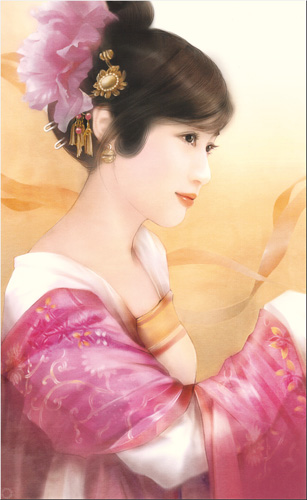
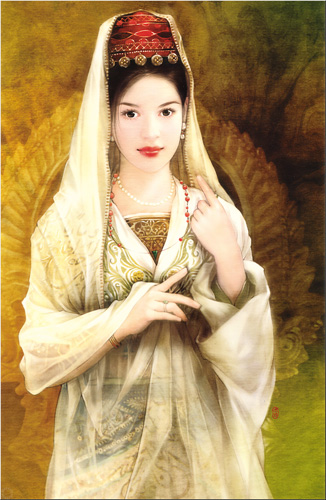

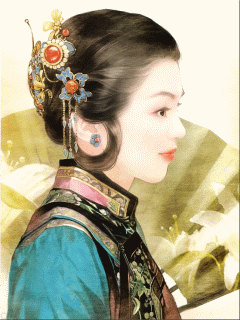
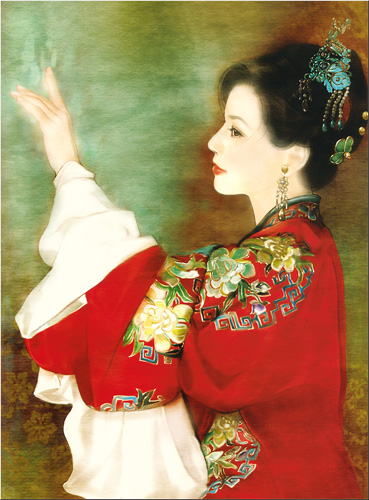
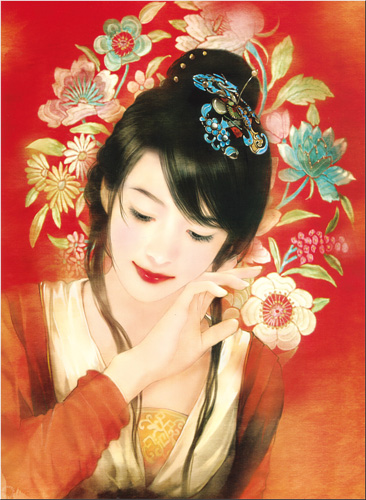









 -
-











No comments:
Post a Comment